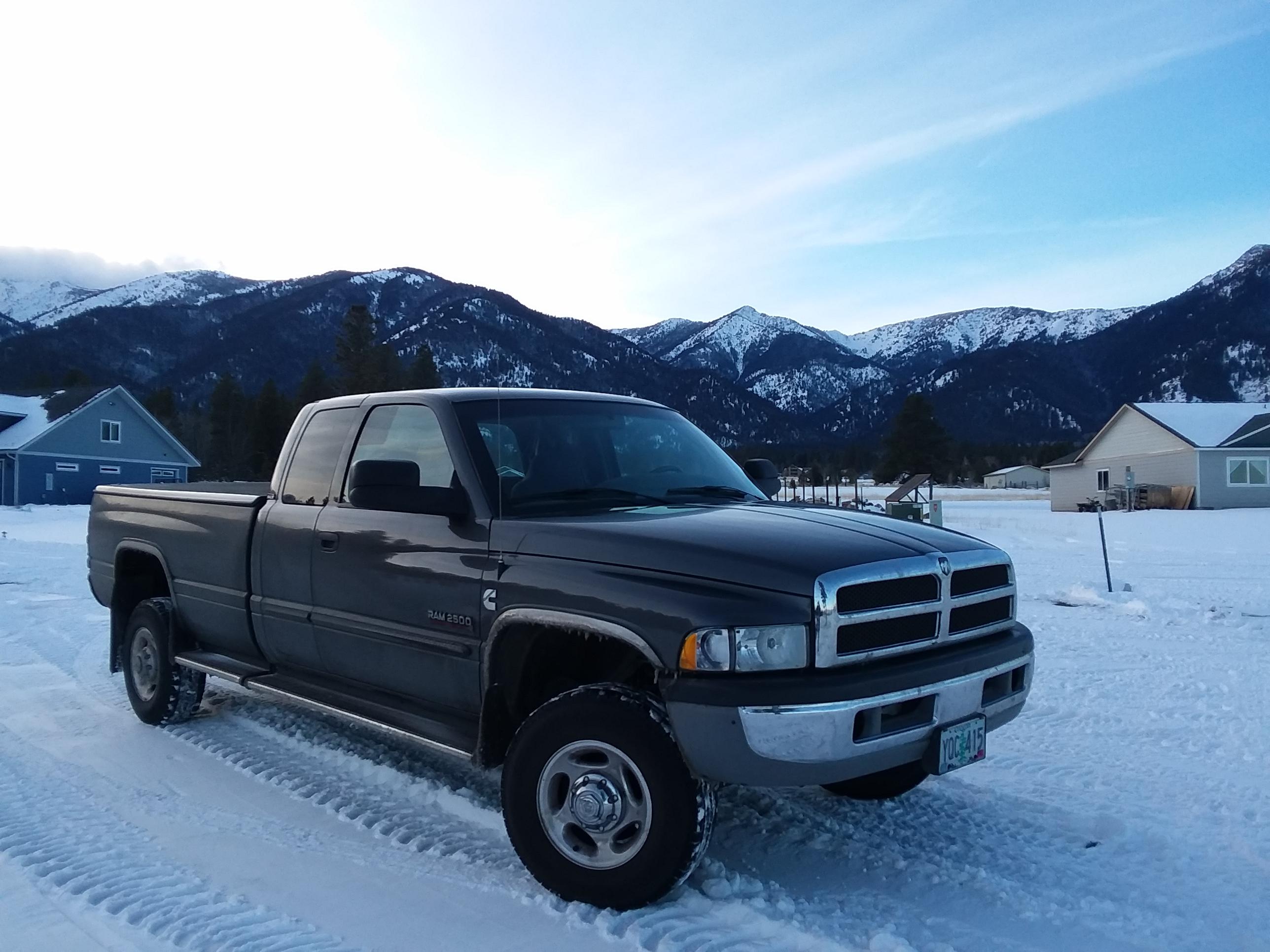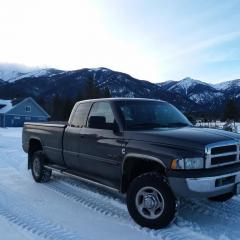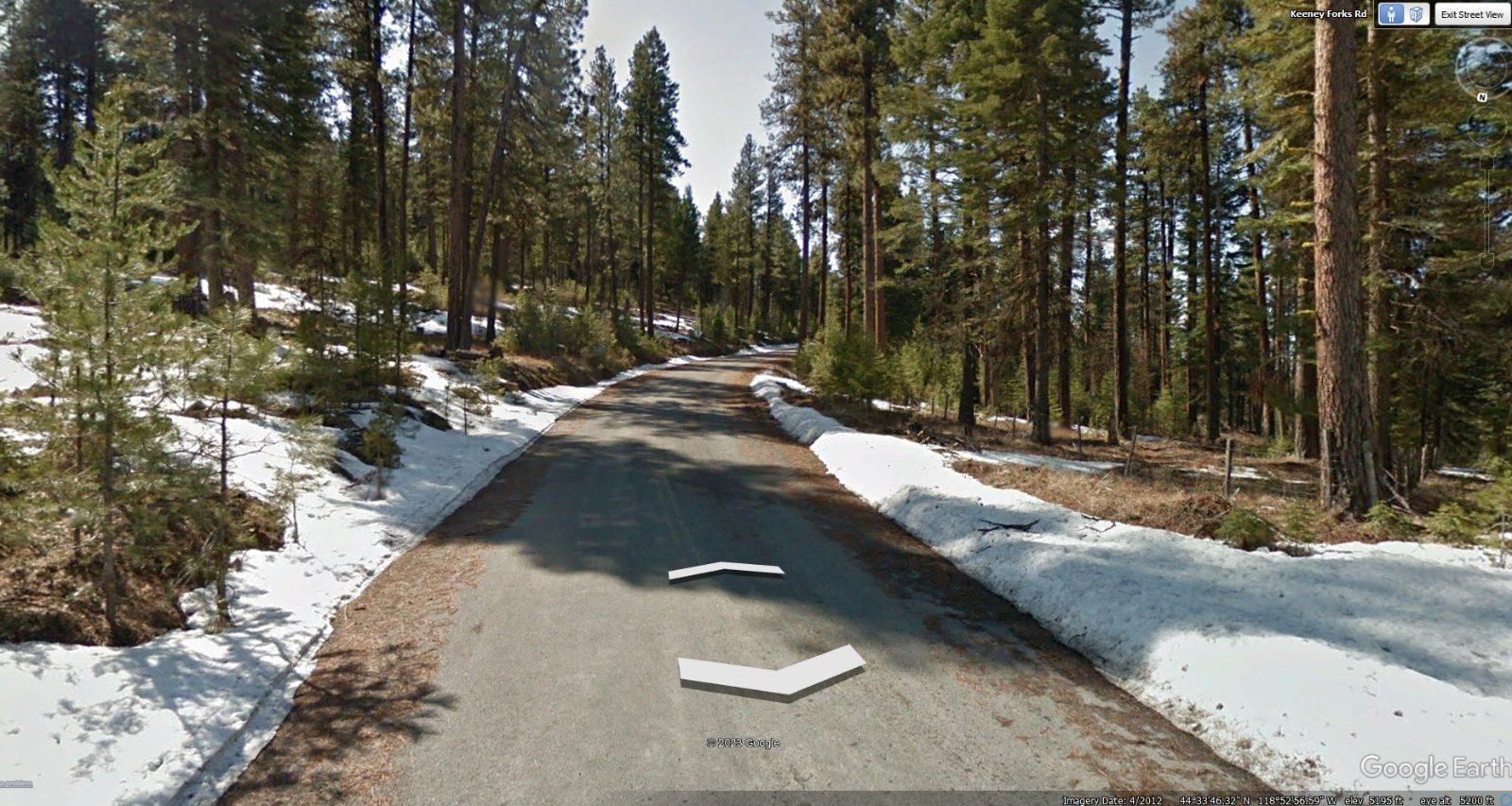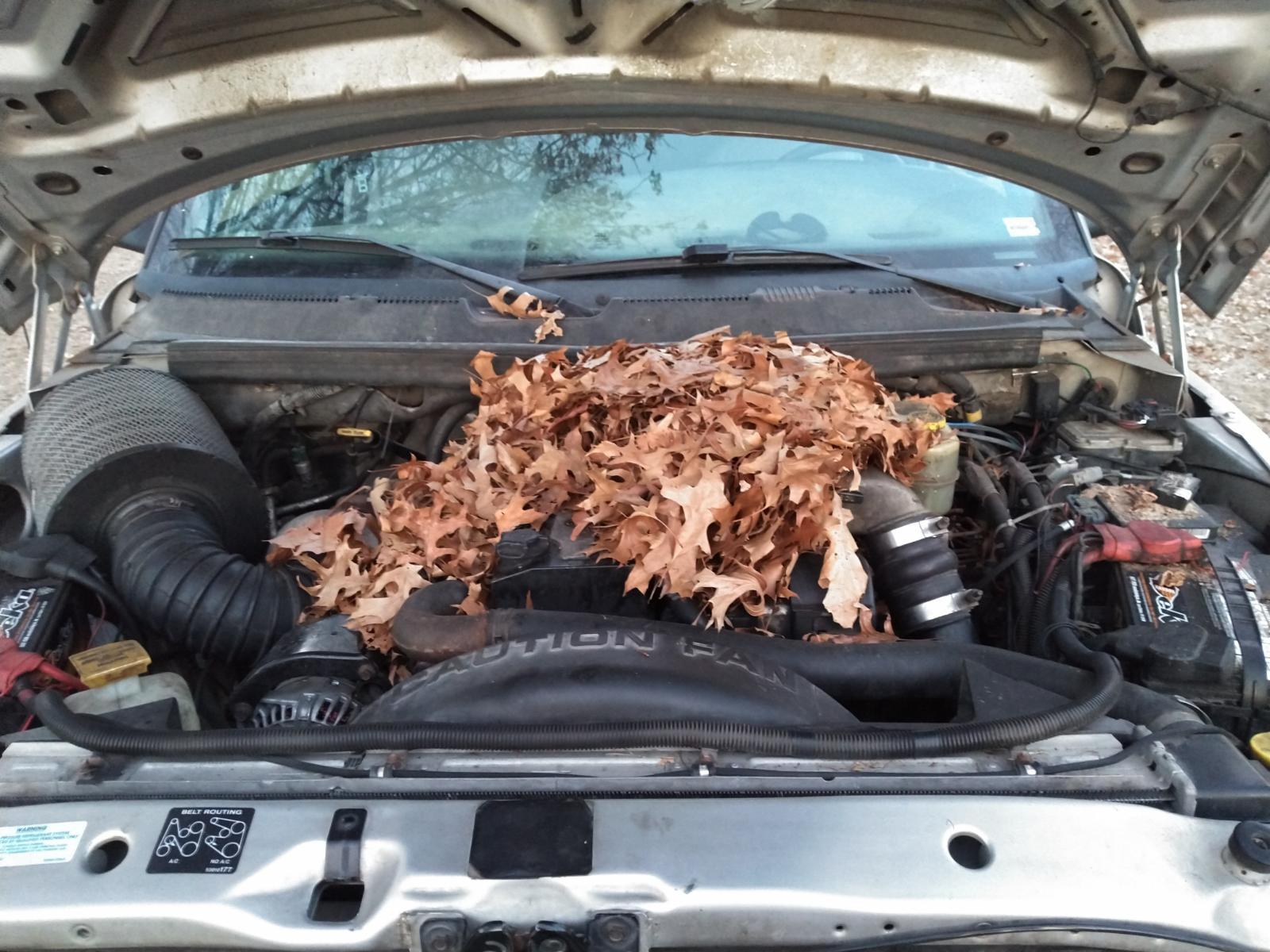
Everything posted by Tractorman
-
Weird Defueling Issue, any advice can help.
Hmmm, seems like there are three questions here. Since I think you have been driving the truck already, you probably should tag and insure it. As far as driving the truck with the existing P0216 code, if the truck were mine, I would drive it for awhile before replacing the VP44. In fact, my truck set the P0216 code back in 2004 and the engine would de-rate at times. I drove the truck one more year (for over 20,000 miles) before I had the VP44 replaced under warranty. I learned how to get around the de-rate mode (kind of like you have learned with your truck). Since your particular problem is rather unique, driving the truck for awhile may give you time to try some other ideas to solve the problem. I can't see that it would hurt anything and time is your friend. If it turns out the pump needs to be replaced, so be it - at least you will have had the time to come up with other possible solutions. It will also give you time to find out if there are any other problems associated with the VP44 when the truck is running in the warmed up mode. It would be interesting to let the truck fully warm up and then clear the P0216 code. Immediately, start driving the truck for an hour or so and then, before the engine has a chance to cool down, recheck to see if the code P0216 has returned. - John
-
01 24v dead in the water....
I believe you are correct. I was being a bit facetious in my previous reply. - John
-
01 24v dead in the water....
Anything is possible I suppose. But, he did run a flow test into a 5 gallon bucket. One minute to fill the bucket half full = 2.5 gpm or 150 gph, which is what the pump is rated for. I don't think those numbers could have been attained if the pump was running backwards. - John
-
01 24v dead in the water....
If my understanding is correct, you cannot monitor fuel pressure while driving. Is this true? If it is true, I highly recommend to temporarily plumb in a fuel pressure gauge that you can strap onto the driver side windshield wiper arm. I did this once over 18 years ago when I was told my lift pump was failing. I drove the truck back and forth to work for a week (logged over 250 miles). It turned out the lift pump was not failing at all. Since your lift pump passed the bucket test with flying colors, it is possible there is some foreign matter moving around in the fuel tank. When you start driving, that foreign matter may move into a position that temporarily blocks or partially blocks in-tank suction line. When you return home and start messing with the pump, the foreign matter may just drop away and all seems well again. - John
-
Weird Defueling Issue, any advice can help.
The FSM mentions one possible cause for a P0216 code is "possible wrong or incorrectly installed pump keyway." Could this be a possibility because the injection pump came from another engine? - John
-
01 24v dead in the water....
AirDog | R1SBU371 | Raptor Pump – Universal 150 GPH does not need a return line (specifically stated in the information). Since we didn't receive a report of the results, I have to assume you didn't perform the test. Personally, I would not be driving the truck without first performing this test. - John
-
01 24v dead in the water....
So, you saying that there is a dedicated fuel return line? To my knowledge, OEM lift pumps do not use a dedicated fuel return line. Maybe I am missing something here. - John
-
Weird Defueling Issue, any advice can help.
@Great work!, in his first post, @Brandon Cooperstated, "Lift pump is a Fass Titanium 220 with the 17lb spring and has a constant fuel pressure of 20PSI (gonna cut the spring and get that down a few lbs later." Maybe the VP44 (setting on a garage shelf for a year) has some internal corrosion (or growth) resulting in a sticking timing piston, or a sticking cam ring. When the engine is shut off, the timing piston moves the cam ring to the most retarded position by default (what I interpret from the Bosch VP44 manual). So, it stands to reason (as @Great work!mentioned) that the timing advance requested at startup couldn't be met, consequently 30 seconds or so later code P0216 is set and the engine is de-rated until its gets closer to operating temperature. So, maybe some extra lube could help, certainly couldn't hurt. - John
-
01 24v dead in the water....
Does this lift pump have a dedicated return line to the fuel tank? Or, does the fuel get returned internally to its own suction? Is the lift pump OEM mounted, or frame rail mounted? Example of fuel flow with an idling engine: VP44 returns 18.5 gph to fuel tank and injectors consume .5 gph. Lift pump will be flowing 18.5 gph to VP44. I am going to round that number up to 20 gph. The 150 gph lift probably does not produce 150 gph as pressure rises, but I am going to assume that it does just for purpose of discussion. So, an idling engine would produce the following lift pump results: * 150 gph lift pump with dedicated return line - 20 gph from pump to VP44, 150 gph from tank to lift pump inlet, 130 gph returning to tank * 150 gph lift pump without dedicated return line - 20 gph from pump to VP44, 20 gph from tank to lift pump inlet, 130 gph returning to suction side of lift pump (within the lift pump housing). Two completely different behaviors. Note that with a dedicated fuel return line, you will see a maximum flow only from the fuel tank to the inlet of lift pump, consequently a large suction line is required. You are experiencing one of the drawbacks to using only a pressure gauge for troubleshooting. You need to see the flow! (Or, lack of it). And, you need to see the pressure and flow at the inlet of the VP44 (not sure where your gauge is plumbed). Your symptoms while driving strongly indicate a disruption of fuel flow. I recommend that you temporarily extend the fuel line that is connected at the VP44 and direct that fuel line into a five gallon bucket. Run the lift pump without starting the engine. You should be filling the bucket with a continuous fuel stream at the approximate rate of 150 gph. That would be 2.5 gpm. It will be obvious whether or not the lift pump is performing up to specs. As far as your condition of observing fuel pressure at 0 psi and hearing noise - it will probably mean only one the following: * cavitation - a very restrictive blockage in lines / fittings between the fuel tank and inlet of lift pump (very likely a problem) * entrained air - lots air being drawn in lines / fittings between the fuel tank and inlet of lift pump (not likely a problem - you would likely see fuel pressure, but with an erratic needle) * lift pump regulator ball chattering - usually accompanied with fuel pressure and an erratic needle. - John
-
Finally got to tow with the compounds.
Where's the under-hood photo? I spent years making my engine quieter, which is good, except that the turbo has become quieter, too. I didn't want that to happen. - John
-
Weird Defueling Issue, any advice can help.
Sounds like you are on the right path. Let us know what you find. - John
-
Weird Defueling Issue, any advice can help.
Just shooting in the dark here, but what about using a resistor (if possible) in the coolant temperature circuit to fool the ECM into thinking the coolant is above 132° when you start the engine. Might help to confirm what you are already thinking. It is a rather odd situation that you have here. Once the ECM detects a timing issue, the ECM is de-rating the engine power. This is normal. Just odd that it happens at a very specific coolant temperature. - John
-
Weather starting to improve, Days getting Longer...
@JAG1, I think no earlier than the middle of May for camping, but definitely before the Memorial Day weekend. The lake elevation is at 5,000 feet. There will likely be leftover winter snowfields around in April, plus downed trees may still be laying across the road from winter storms. The photo is from Google Earth Street View in April, 2012. I will take a trip over in mid April to see how things look. It does appear the road is a paved road all the way to the lake - just a single lane. - John
-
DIY Heated Steering Wheel
Hairsprings are hard to find. I can't imagine trying to find a hairspring hole. - John
-
Weather starting to improve, Days getting Longer...
@JAG1, you can count me in. As I mentioned before, I will scout the area beforehand to make sure the road is clear for access to the site. - John
-
Squirrels Got Me Good
-
Power Steering Pump
Does the hose fitting look like this? If so, the o-ring slides up against the flare. The nut seats the flare for metal to metal contact. The o-ring gets about 10% compression for a positive seal. You probably have the correct o-ring. You could be over thinking it...., - John
-
Job at a regeneration site
I am ignorant here - why can't you use Oxy / Acetylene? You have such an amazing amount of history in your neighborhood! - John
-
Surging at light throttle, not wanting to shift into OD
I am not sure of what you are describing. Most circuit breakers use a conductor with terminals at both ends. The conductor and the terminals will be surrounded by a non-conductive material (plastic, composite, etc). Is this what you are describing? If so, there is nothing wrong here. Post a photo of the circuit breaker. - John
-
Surging at light throttle, not wanting to shift into OD
It seems that when you reset the APPS, the symptoms go away for awhile. That is indicative of an electrical problem. If strays signals interfere with APPS output, the ECM will ignore the stray signals for awhile, but if they don't go away, the ECM will eventually treat the stray signals as valid. I would recheck your work that you did when you performed the W-T wiring modification - especially the ground circuits for the ECM and PCM. Is there any accessory that has been added to your truck that could give off strong electrical fields? - John
-
Surging at light throttle, not wanting to shift into OD
Try locking out Overdrive (4th) and see how it behaves. The torque converter may locking and unlocking in 3rd gear. Tthat combination, plus the shift into overdrive, may be masking the symptom. - John
-
Starting problem
There are two types of grinding that can occur. * when starter gear teeth and flywheel teeth don't mesh - a full inspection of the flywheel ring gear must be done to eliminate the possibility of any damaged teeth. This means barring the engine over for 360°. * when the starter drive gear clutch slips - usually first occurs in cold weather. The starter must be replaced with a quality starter. The OEM Denso starter is a quality component (along with the Denso and Bosch alternators). On my personal truck I have installed two starter contact kits. About 65,000 miles ago, I took the starter to Lazer Auto Electric (near Salem, OR) and had them turn the commutator, replace two bearings, and solder in new brushes - all for $50. So, 370,000 miles later, I am still using the OEM starter. All of my starter repairs were done from a preventative maintenance point of view - there was never a starter failure. What were the symptoms with the starter that you replaced? - John
-
Best radiator replacement
I, too, purchased a radiator from Napa - $220.00 at the time. Almost four years and over 60,000 miles and still serving me well. Original radiator lasted for 308,000 miles. One of the side tank seals started a slow leak. - John
-
It's always something
Yup, fasteners are a "fastenating" subject. - John
-
It's always something
Not trying to second guess you here as I don't know what size they are, but there is a Torx 27 tool size as well. It would be easy to think a Torx 25 would be the correct tool. It might be worth double checking. - John








